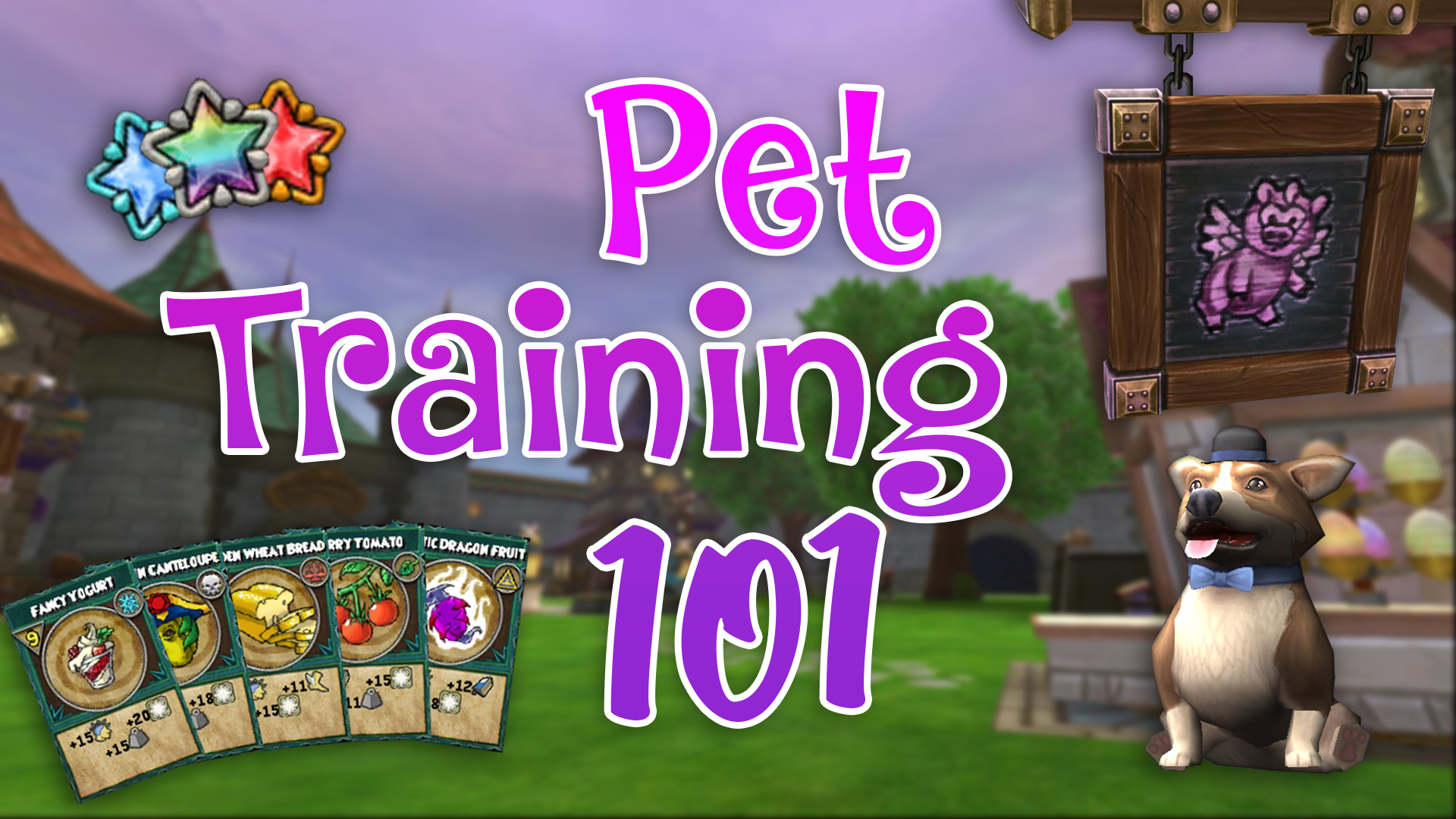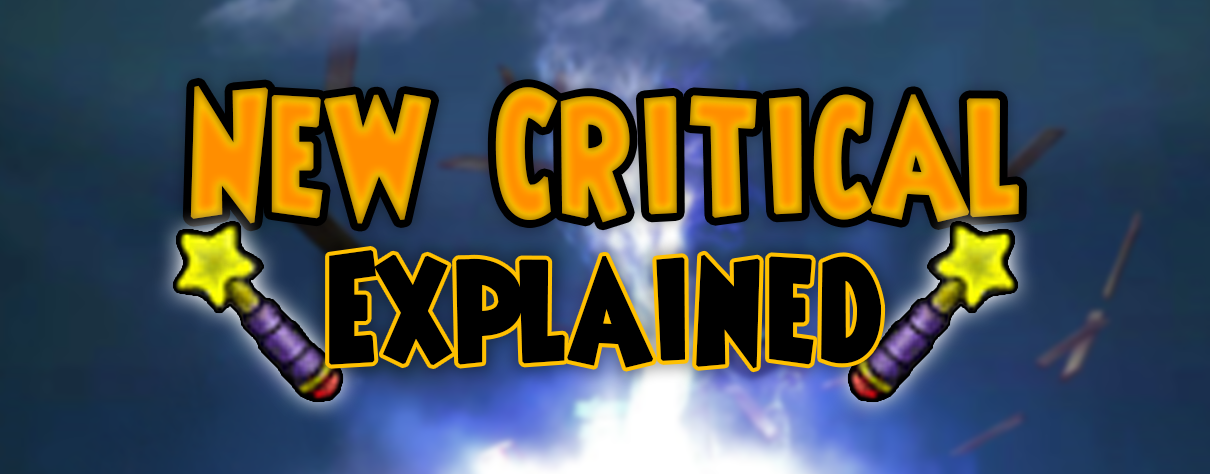Tag: #wizard101guide
-

Wizard101 Pet Training Guide
•
Hello, this is Community Moderator Bean with my Wizard101 Pet Training Guide. This method works with any pet and will clean 95% of the pet’s Talent pool. It rarely results in fails when done step by step. Hatchmaking 101 Step One Look through the Kiosk to find a pet with…
-

Critical Changes Explained
•
The New Critcal System Explained Hello Wizards, Nathan Shadowbringer, and Scot Moonshade here! We’re going to explain the recent changes to Critical and Block. Today’s article will revisit the previous age’s Critical and delve into the new system. We will examine the formulas to calculate your Critical Chance and damage…